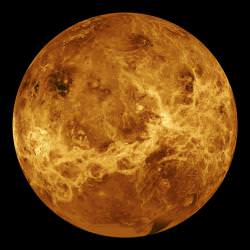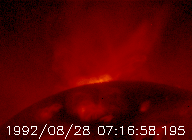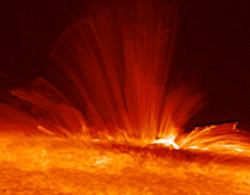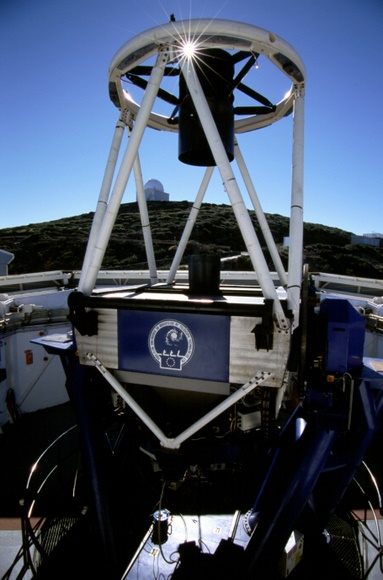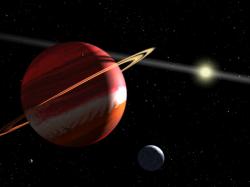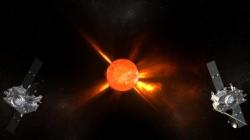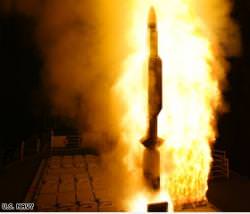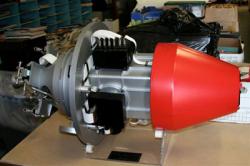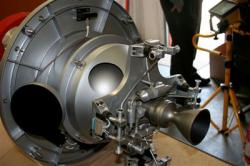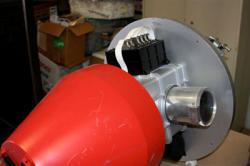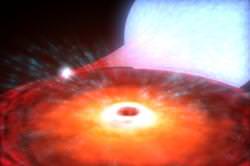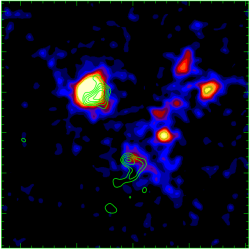For every backyard astronomer, we know 4.5 billion years ago, both Venus and Earth were formed with nearly the same radius, mass, density and chemical composition. Venus is like Earth’s evil twin, but why is the climate on both worlds so widely varied? Scientists analysing the data from the orbiting European Venus Express spacecraft are finally putting the pieces of the geological and climatological puzzle together as they take a closer look at Venusian evolution.
Today, Professor Fred Taylor of Oxford University presented the scenario in a talk at the Royal Astronomical Society National Astronomy Meeting in Belfast. According to the studies, Venus appeared to have evolved very rapidly compared to the Earth during the early formation of the solar system. Thanks to data obtained from the Venus Express, it would appear our wicked sister planet once had significant volume of water covering the surface… Oceans which were lost in a very short geological timescale. As the water disappeared, the geological evolution of the surface of Venus slowed quickly – unable to develop plate tectonics like the Earth. Biological evolution could never happen. If, at one time, Venus mirrored Earth in climate and habitability terms, then it evolved too quickly at first, then too slowly.
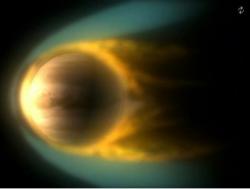 ‘They may have started out looking very much the same,’ said Professor Taylor, ‘but increasingly we have evidence that Venus lost most of its water and Earth lost most of its atmospheric carbon dioxide.’
‘They may have started out looking very much the same,’ said Professor Taylor, ‘but increasingly we have evidence that Venus lost most of its water and Earth lost most of its atmospheric carbon dioxide.’
Here on Earth, carbon dioxide is captive plant life, minerals and the crust itself. Not to harp on global warming, but the release CO2 back into the atmosphere is a source of climatic change. On Venus, the majority of the carbon dioxide resides it its atmosphere, leaving the surface temperature at a searing 450 degrees Celsius. This slows or stops geological as well as biological evolution.
‘The interesting thing is that the physics is the same in both cases’ said Prof Taylor. ‘The great achievement of Venus Express is that it is putting the climatic behaviour of both planets into a common framework of understanding.’
But, we haven’t heard the last from Venus Express just yet. Due to operate until May 2009, scientists involved in the project are already busy applying for an extension until 2011.
‘We have plans for joint operations with the Japanese spacecraft called Venus Climate Orbiter that will arrive in December 2010’, said Taylor. ‘Together, we can do things neither could do alone to crack some of the remaining puzzles about Venus.’

